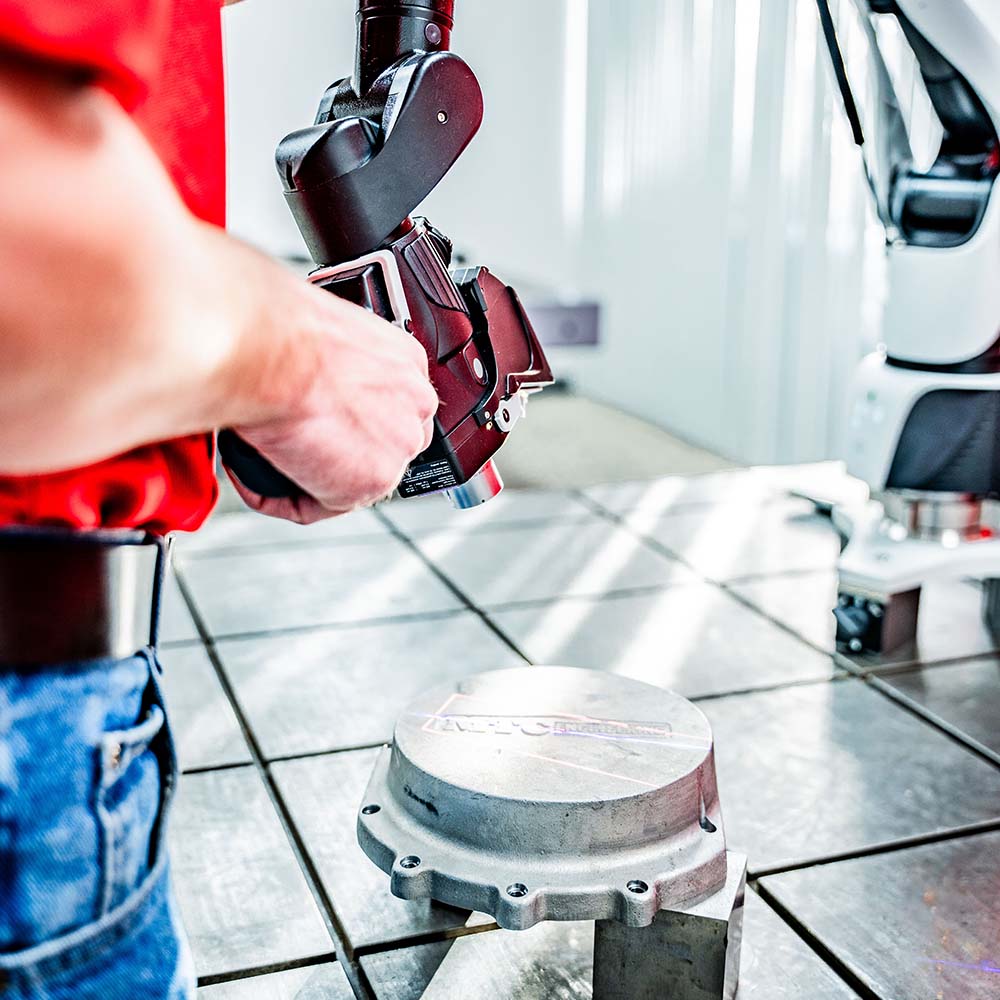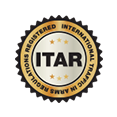
Any data captured in the 3D scanning process is not perfect because the accuracy of the data depends on the accuracy of the 3D scanning equipment as well as the conditions under which the measurements are made. In order to properly report measured data, the error associated with the measurement should be taken into account. Experimental error should not be thought of as a mistake…The difference between the “true” value of a distance vs. the measured value is the “error” of the measurement. A measurement is deemed accurate if the error is small (a relative term).
Accuracy
Accuracy is an indication of the range of the error that is inherent in the measurement. As an example, if you measure a distance of a gauge block with a scanner or micrometer and get 10.80 mm then the measurement method can be considered inaccurate since the gauge block is generally accepted as the standard. Should the micrometer or scanner measure 10.02 mm then the device could be said to be accurate because the error is relatively small and in reasonable agreement with the artifact.
Precision
Precision is a measurement of the repeatability, or consistency, of a measurement. It is possible to have a very precise measurement without scatter (or noise) that is repeatable and would be considered precise (repeatable), however it can be inaccurate because of an instrument error. For example, the scanner may be out of calibration and produce inaccurate but consistent (Precise) results. However, it is not possible to have an accurate instrument unless it is also precise.
Resolution
Resolution would be the number of points that can be measured on a surface. For example a Coordinate Measurement Machine (CMM) would be considered by most very precise and also very accurate, however the typical “resolution” of the system would result in a very low resolution comparatively. A 3D imaging device that is capturing a high number of points per second or points per unit of area, would yield a much higher resolution (no necessarily accuracy). The higher the resolution the more points are put onto a surface. In reality there is no truly planar surface and no parallelism, rather hypothetical mathematical terms. Using the gauge block as an example again, we can state that within an acceptable accuracy a surface is considered planar and two surfaces may be parallel.
When considering accuracy, precision and resolution we must also consider the type of object and project requirements to determine what is required. Let’s take the gauge block for example, a series of 2 to 4 accurate points on each side might be able to accurately define the object (reverse engineer) with in an acceptable standard. When considering a computer mouse or a threaded bottle top, a handful of point will not sufficiently define the geometry to an acceptable standard. A high level of resolution to define these components will be required.





